Abstract: Hispanics represent the largest and fastest growing minority in the United States. It is increasingly important to understand the skeletal morphology and regional variation within this diverse group. This research focuses on... more
We report the discovery of an African American Y chromosome that carries the ancestral state of all SNPs that defined the basal portion of the Y chromosome phylogenetic tree. We sequenced~240 kb of this chromosome to identify private,... more
Sex determination using mandible parameters is population dependent. In order to assess which measurements better characterize sex in prehispanic individuals from the Canary Islands, we blindly contrasted the results obtained by visual... more
Les particularités d'emploi des signes cunéiformes à différentes périodes de la langue hittite .
Abstract: This paper presents data from a sample of 803 individuals (308 females and 495 males) from the Hamann-Todd collection testing Dwight’s century-old assertion that maximum height of the human scapula can be used for sex... more
Climate is thought to be one of the factors affecting the distribution of nasal form as represented by the breadth and height of the skeletal nasal aperture. A model of nasal function is developed to predict influences on the skeletal... more
This study incorporated a phlylogenetic approach to look for cranial differences between geographical distant pre-contact California Amerindian populations. A total of 162 female and 273 male crania representing 10 groups from 5... more
Sex estimation is the grounds for an accurate identification of unknown human skeletal elements. The need for reliable methods distinguishing males from females based upon various skeletal elements is evident in cases of commingled,... more
Population data on the hypervariable regions of the mitochondrial DNA (mtDNA) genome are used to convey the relative rarity of mtDNA profiles obtained from evidence samples and of profiles used to identify missing persons. In this study,... more
In order to better understand microevolutionary processes in Holocene Chinese craniofacial mor-phology, an analysis has been done on 21 metric traits on Neolithic (n=161), Bronze Age (n=423) and modern (n=134) adult male skulls from... more
Cranial and postcranial research on East and Southeast Asians has shown population variability between and within these two regions. Moreover, as populations vary by sex, sex differences vary by population. The purpose of this study is to... more
The craniofacial skeleton carries out diverse functions served by hierarchically integrated developmental and functional modules. The craniofacial biologist is interested in how the skeleton of the cranium evolves and develops to... more
Forensic anthropologists have typically relied on the cranium as the first resource for sexing human remains. However, there is a growing amount of literature on the utility and accuracy of using postcranial elements in sexing unknown... more
Identification (ID) is of the utmost importance in any democratic society: every corpse must be positively identified. There has been significant scientific and technical progress in this field over the last several decades. Numerous... more
When forensic anthropologists estimate the sex of Hispanic skeletal remains using nonpopulation specific metric methods, initial observations cause males to frequently misclassify as female. To help improve these methods, this research... more
When modern humans left Africa ca. 60,000 years ago (60 kya), they were already infected with Helicobacter pylori, and these bacteria have subsequently diversified in parallel with their human hosts. But how long were humans infected by... more
Background: Information on nucleotide diversity along completely sequenced human genomes has increased tremendously over the last few years. This makes it possible to reassess the diversity status of distinct receptor proteins in... more
Aleš Hrdlička produced a tremendous amount of data in his career, much of which was published in a series of catalogs by the US National Museum. The Gulf States catalog, for example, contains raw craniometric data for over 700 individuals... more
Vault sutures have proven their low reliability for estimating age at death in individual forensic science cases. We broke down the palatine sutures of 134 skulls (with known sex and age at time of death) into 15 subparts and 5 stages of... more
This study provides evidence of craniofacial growth variation between the sexes in juveniles of European descent. Data were collected from lateral cephalometric radiographs belonging to the Michigan Craniofacial Growth Study. The... more
"The subadult age distribution for the Bab edh-Dhra' charnel house A22 collection, dated to the Early Bronze Age II/III period (2800-2300 BCE), was constructed using femoral diaphyseal length estimates. Vertical head diameter and... more
The genomic features of an organism can be defined as the structural and functional attributes of its genotype. Genome science has thus far provided a course-grained characterization of genomic regulatory organization and expression .... more
The corpus callosum displays considerable morphological variability between individuals. Although some characteristics are thought to differ between male and female brains, there is no agreement regarding the source of this variation.... more
Discriminant functions were developed using long-bone robusticity measurements of 82 individuals from the protohistoric Maya site of Tipu, Belize. All individuals were sexed using nonmetric morphological indicators, particularly those of... more
In this paper we present a pilot survey focusing on the chiropractors’ views on possible racial differences in their patients’ response to treatment. A questionnaire was developed and validated through this study. Results of this pilot... more
Introduction: Secular changes in the head and body dimensions of the Japanese population were recorded during the last century, but studies on Japanese adult facial shape were poorly documented. This study aimed to document the secular... more
This study, and others, are being carried out in order to establish a Forensic Anthropology databank on age estimation and sex determination of skeletonized remains in Ghana. An osteometric study of sexual dimorphism in the sternal end of... more
Despite great progress in identifying genetic variants that influence human disease, most inherited risk remains unexplained. A more complete understanding requires genome-wide studies that fully examine less common alleles in populations... more
"It is argued in this article that the human body both in health and disease cannot be fully understood without adequately accounting for the different levels of human variation.The article focuses on variation due to ancestry, arguing... more
The issue of human variation has recently become of great interest in medical research and practice, but numerous disagreements and misunderstandings surround this complex subject. It might be argued that these negative aspects could be... more
Anthropology Richard Bridges Biomedical and Pharmaceutical Sciences ii Christy, Bonny, M.A., Spring 2009 Anthropology Multivariate Statistical Analysis of Three Crania Housed at the University of Montana Physical Anthropology Lab... more
Recombination varies greatly among species, as illustrated by the poor conservation of the recombination landscape between humans and chimpanzees. Thus, shorter evolutionary time frames are needed to understand the evolution of... more
Natural variation plays an important but subtle and often ignored role in neuromechanical systems. This is especially important when designing for living or hybrid systems which involve a biological or self-assembling component.... more
Human intraspecific variation is a complex problem, but may be better understood by using computational models in tandem with knowledge about the genetic bases of phenotypic traits. These results can be used in a multitude of settings. To... more
We examined the affect of tissue depth variation on the reconstruction of facial form, through the application of the American method, utilizing published tissue depth measurements for emaciated, normal, and obese faces. In this... more











![Fig. 1 — A biocultural model for the human remains from Khirbet Qumran. approach to antiquity recognizes culture as an important mechanism available to humans for adapting to their envi- ronment. And as importantly, recognizes the biological constraints on the human animal reflected in cultural practices, both symbolic and material. In antiquity, biological information is ‘captured’ in the bones of the ancient inhabitants. Bone is a dynamic tissue which affords the body support, leverage, protection, and storage, and therein provides a composite record of life- time metabolic interactions. In this manner, “the same features that make [bone] resistant to degradation...make it an excellent repository of past biological activity.” ° Yet, specific interpretation is often difficult given the limited ways bone can respond to physiological stressors. When ‘insulted,’ bone is either deposited or resorbed — a limited repertoire of responses that are often formidable to diag- nose differentially. Thus, the historical and archaeological records provide an aid in assessment. In this manner, the cultural account facilitates interpretation of questions bio- logical, and conversely, the skeletal ‘catalogue’ provides evidence to spark inquiry previously undeveloped in the textual and material archives. '°](https://figures.academia-assets.com/31308509/figure_001.jpg)




![Fig. 6 — Re-survey of the Cemetery at Qumran [April 2001]. J. Rosenber; and Elaine Meyers. Tombs A and B — Two notes tucked in with the bones from Tomb A make reference to its ___location in the “Cimetiére Nord” (see figure 3d). Neither Figures 5 or 6 illustrate this “forgotten northern cemetery” (if indeed it is not “Cimetiére Nord”). Professor Emile Puech of the](https://figures.academia-assets.com/31308509/figure_006.jpg)






![Pubic Symphysis — In adults, scoring the morphology of the face of the pubic symphsis - the point of articulation between the two innominates (hip bones) - is considered quite reliable.” Todd outlined a 10-stage method for assessing this surface, based on a large sample of male innominates. Changes in the symphyseal surface over time proceed in a predictable pattern from a heavily contoured face, to one delimited by a rim in the mid 30s, to a surface marked by increasing porosity after 40 years. Analysis by Meindl and coworkers has shown the Todd method to be Auricular Surface Morphology — The site of articula- tion of the innominate with the sacrum, known as the auricular surface, was the second pelvic age indicator employed. The method was developed by Lovejoy and co- workers, ” using a portion of the innominate often better-preserved i in the depositional context than the pubic symphysis. This was certainly true for the French Qumran collection where 16 auricular surfaces versus 4 pubic sym- physes were available. In a system reminiscent of Todd’s pubic symphysis method, the auricular surface technique compares changes in billowing, granulation, porosity, and transverse organization on the face of the innominate’s articulation with the sacrum. It also permits a bit more Fig. 11 — Age determination features including epiphyseal fusion of the (a) proximal humerus [16-23 yrs], scapula [14-22 yrs], and clavicle [18-3( yrs]; (b) distal humerus [9-16 yrs], proximal ulna [16-23 yrs], and radiu: [16-23 yrs]; (c) distal radius [16-19 yrs] and ulna [21-25 yrs]; (d) proxima femur [16-20 yrs] and innominate [14-21 yrs]; e) distal femur [14-21 yrs] proximal tibia [16-22 yrs] and fibula [14-21 yrs]; and (f) distal tibia [14-1$ yrs] and fibula [14-19 yrs]. Points for (g) scoring degree of suture closure ir the cranium and (h) palate are shown, as is degree of dental wear (h). Age changes in (i) auricular surface and (j) pubic symphsis morphology of the innominate are likewise illustrated. Adapted from Buikstra and Ulbelake: [1994], White [2000], and Schwartz [1995].](https://figures.academia-assets.com/31308509/figure_013.jpg)
![Cranial Suture Closure — Fusion of the cranial sutures is highly variable between individuals, however, this method has been utilized with success, especially when multiple sutures on the skull are available. A technique refined by Meindl and Lovejoy,” this method evaluates 17 points on the cranium for a composite score of degree of suture fusion and/or obliteration. It is important to note that some old individuals never undergo this fusion. Thus, this method is best used as part of a multifaceted aging methodology. Table 4 — Original and Current Age Estimations for the French Qumran Collection [ages in years] By employing aspects of bone growth, dental develop- ment, dental attrition, and changes in the morphology of the pelvis, we were able to add to the original estimates. Table 4 illustrates that the average age for this sub-sample of Qumran inhabitants was 30-40 years, with the individ- ual from Tomb B reaching old age by Qumran standards.](https://figures.academia-assets.com/31308509/figure_014.jpg)

![Adapted from Bass [1995]; Buikstra and Ubelaker [1994]; Schwartz [1995]. Please see these sources for complete definitions of the above landmarks.](https://figures.academia-assets.com/31308509/figure_016.jpg)

































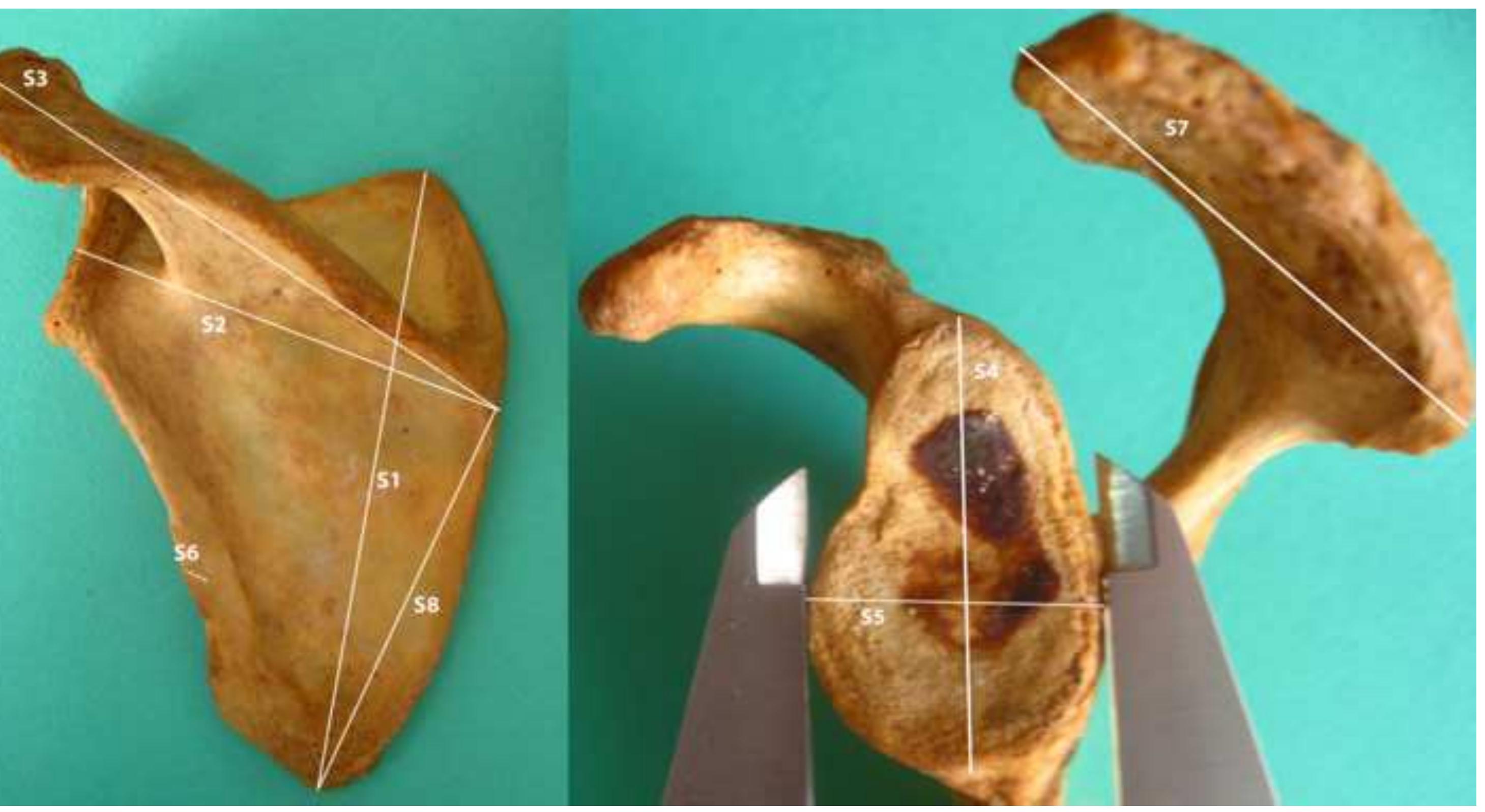
















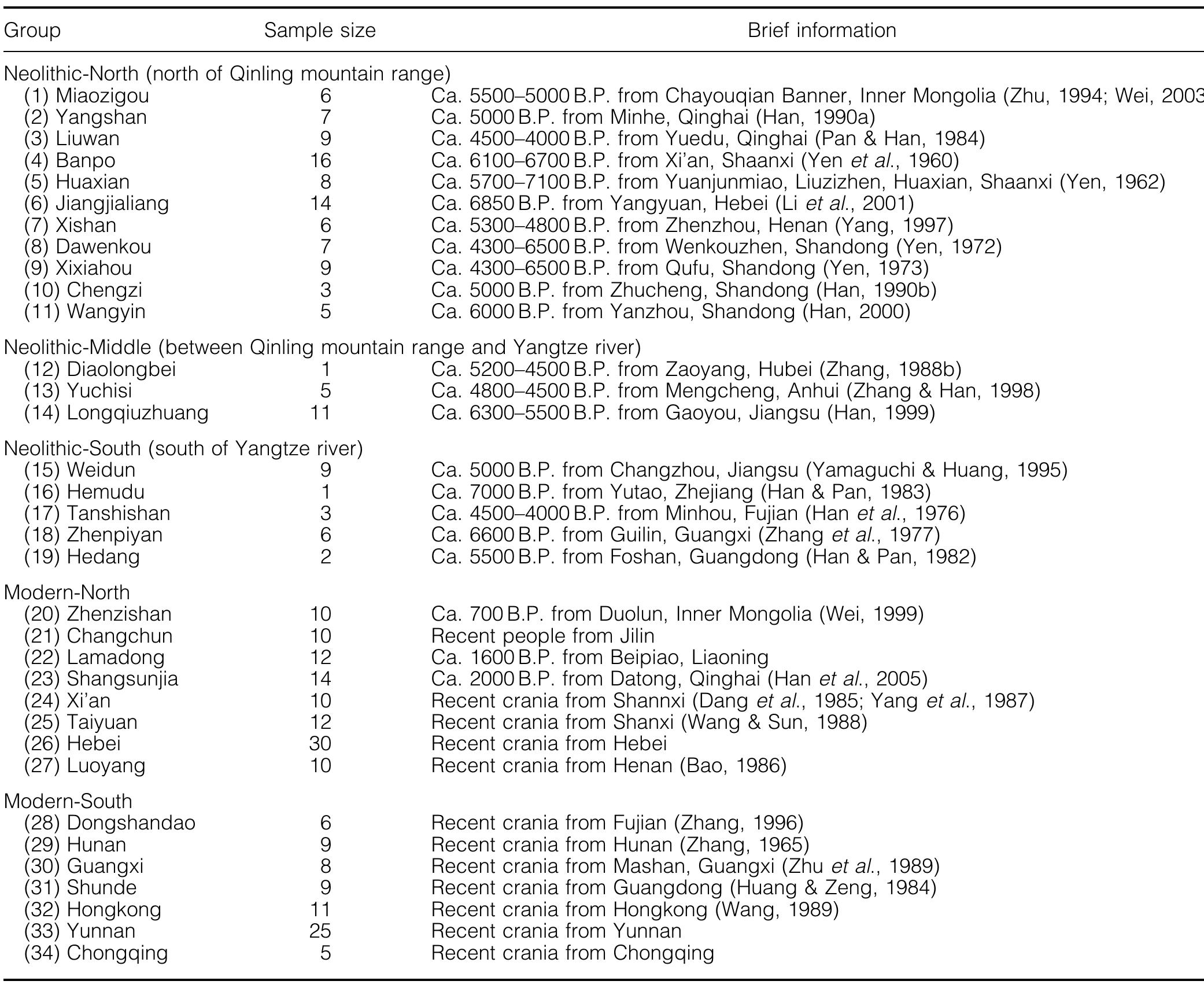








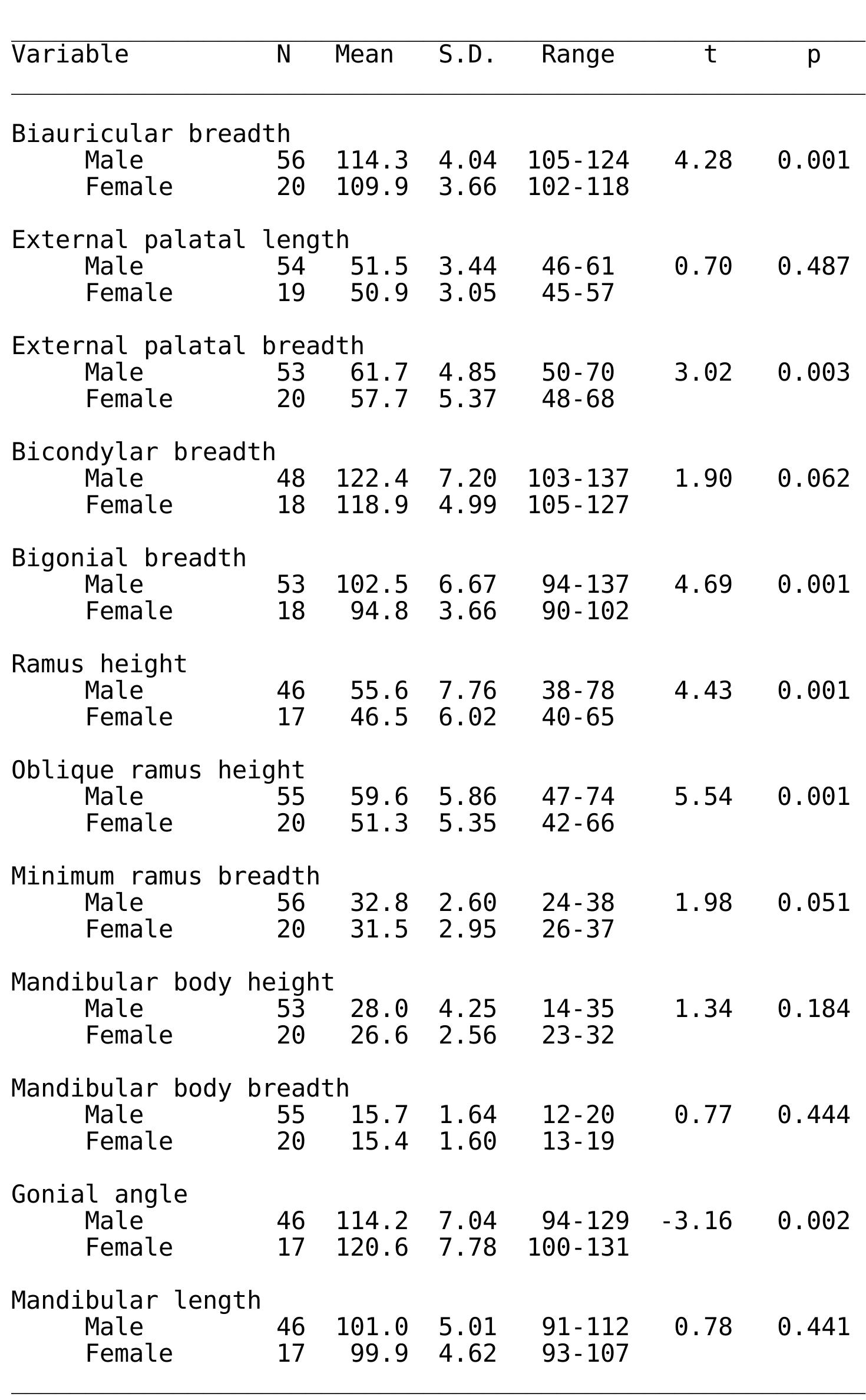



































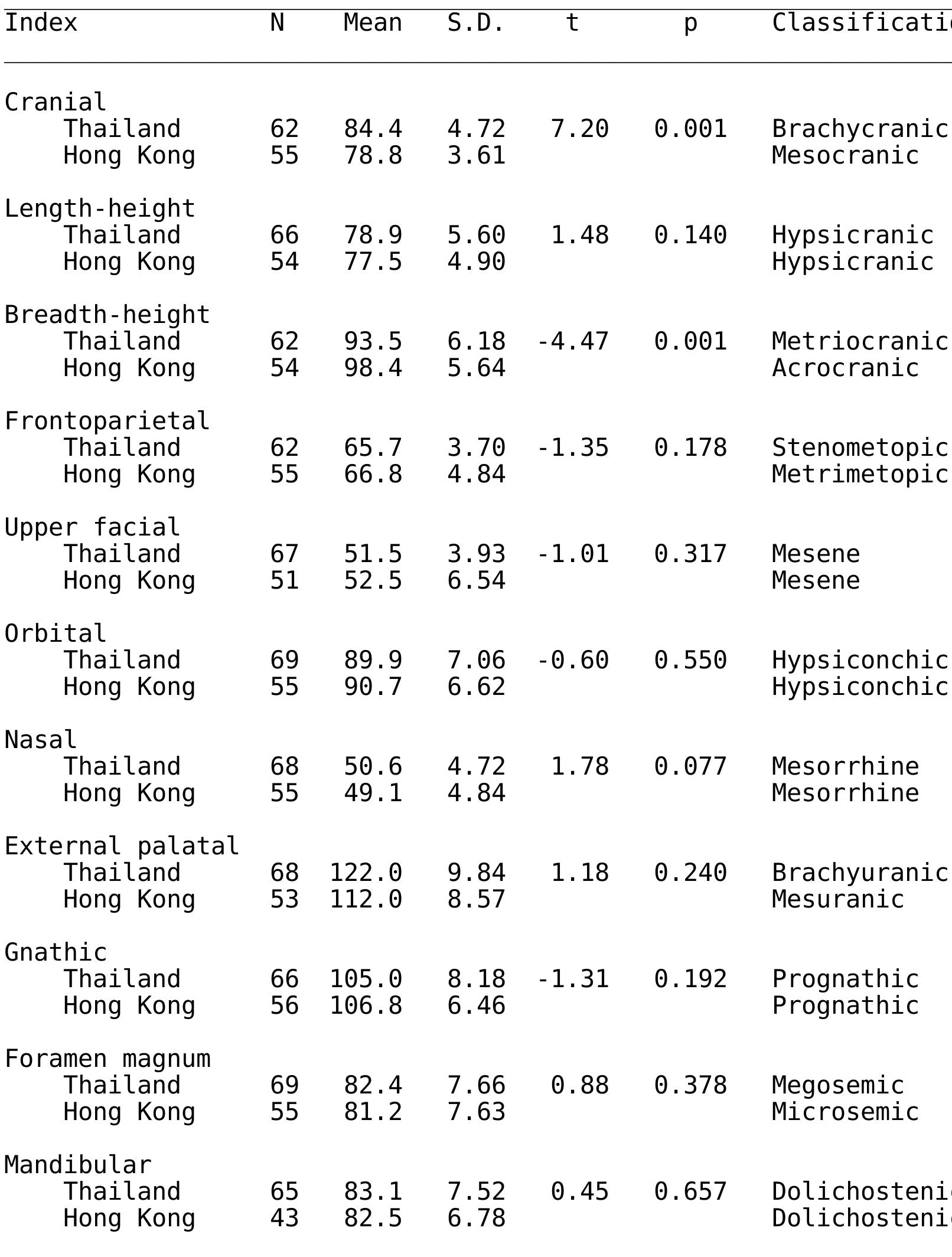












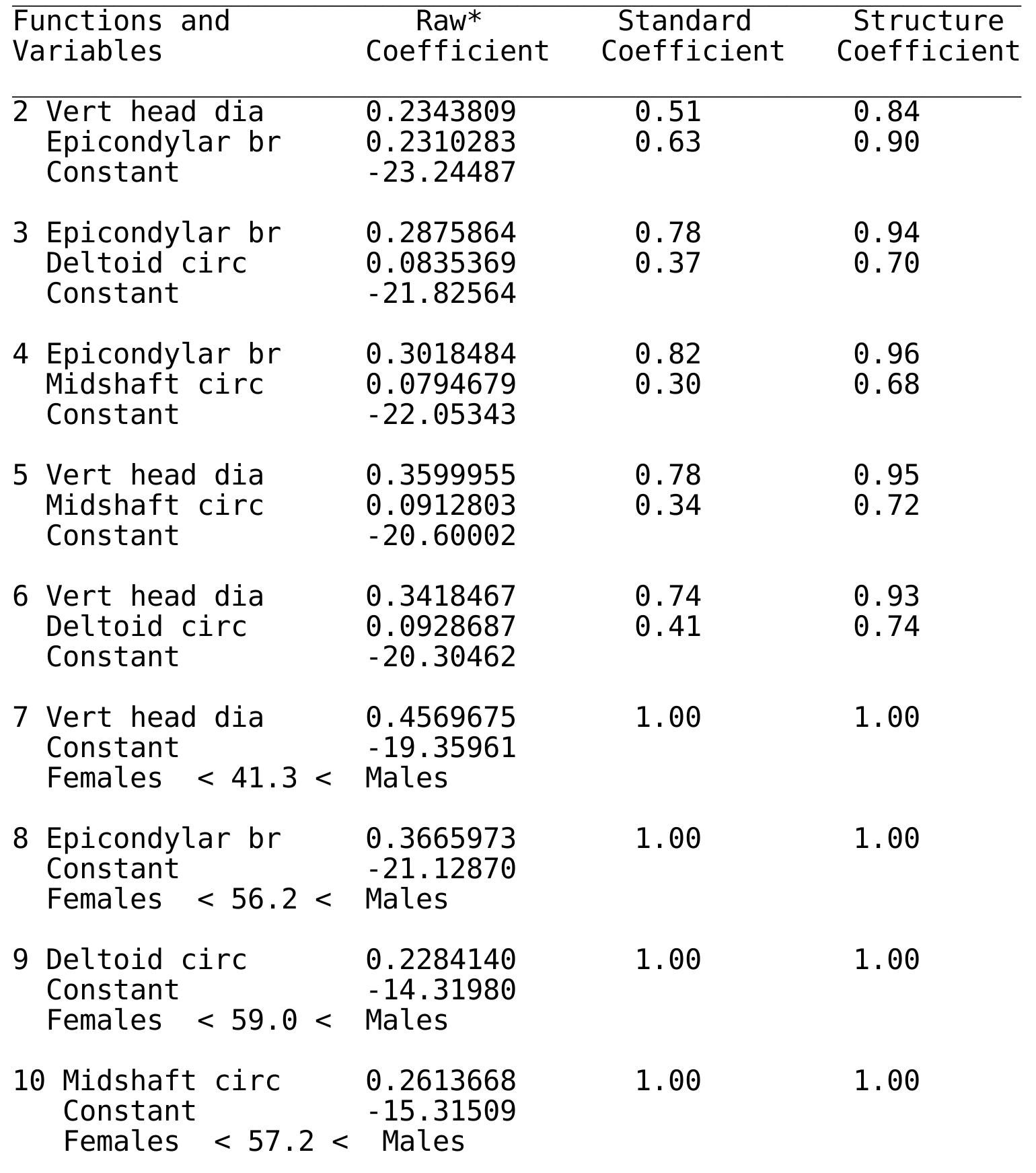






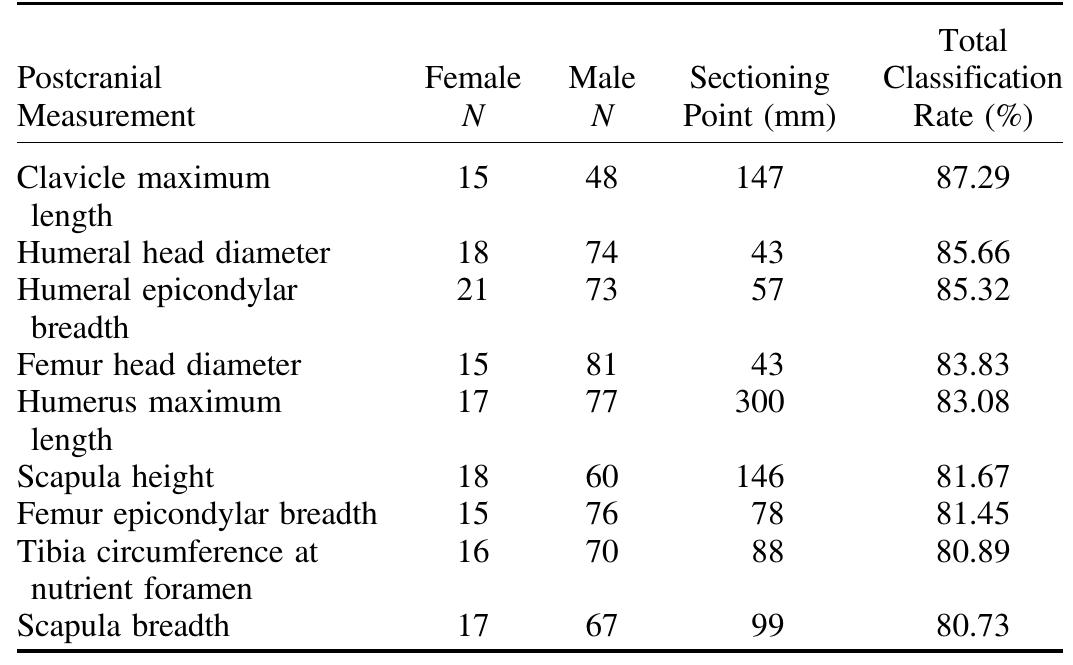














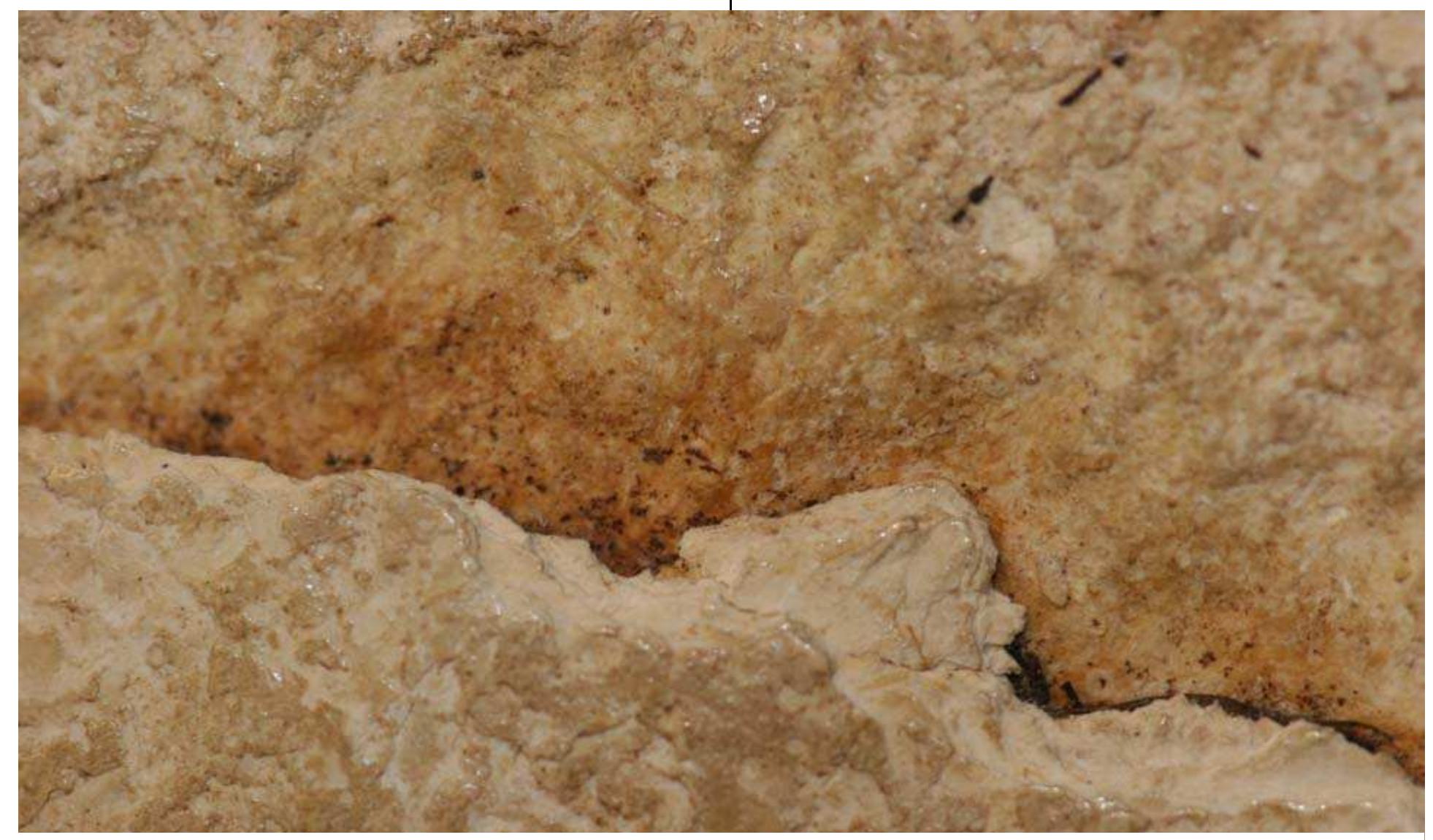
















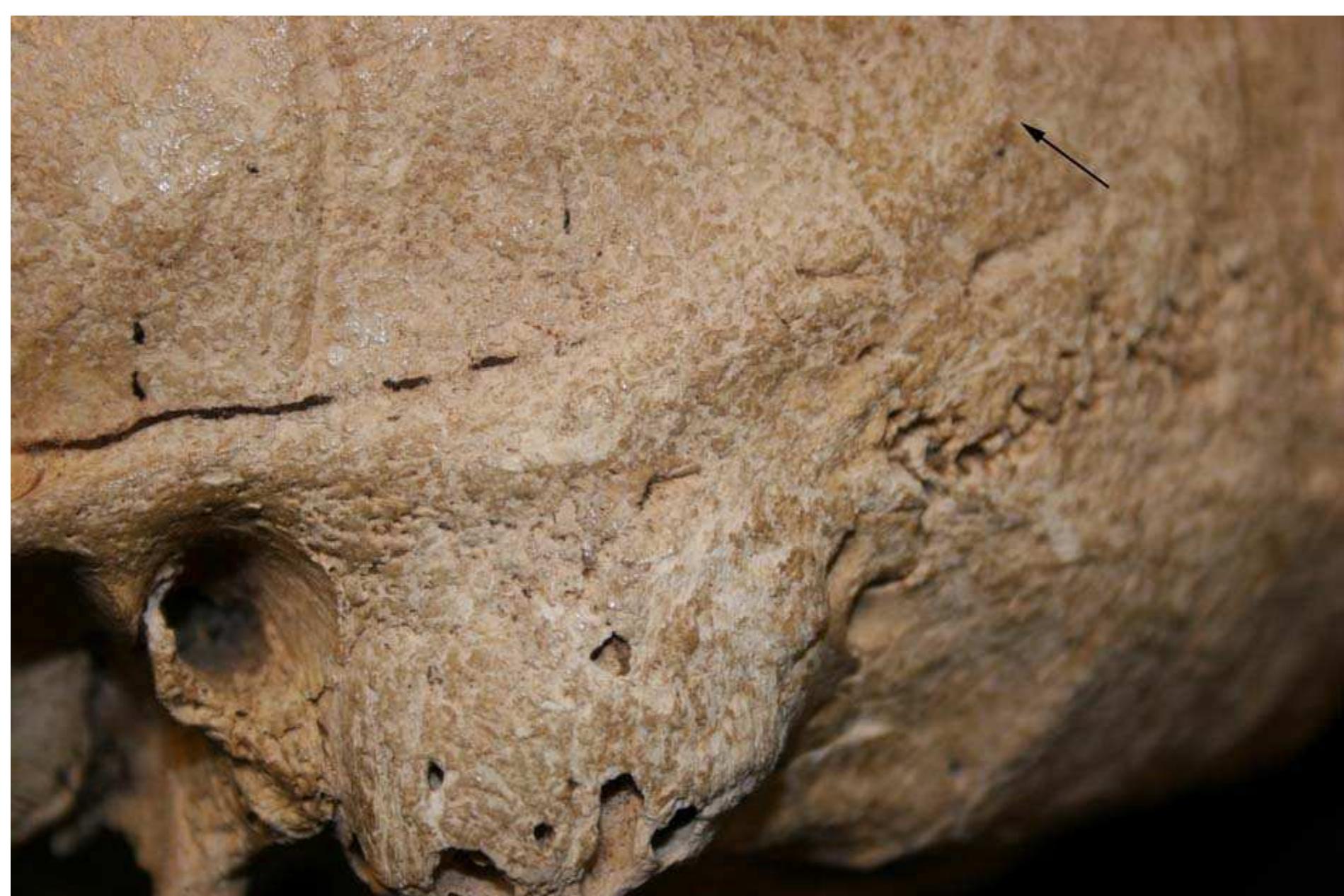












































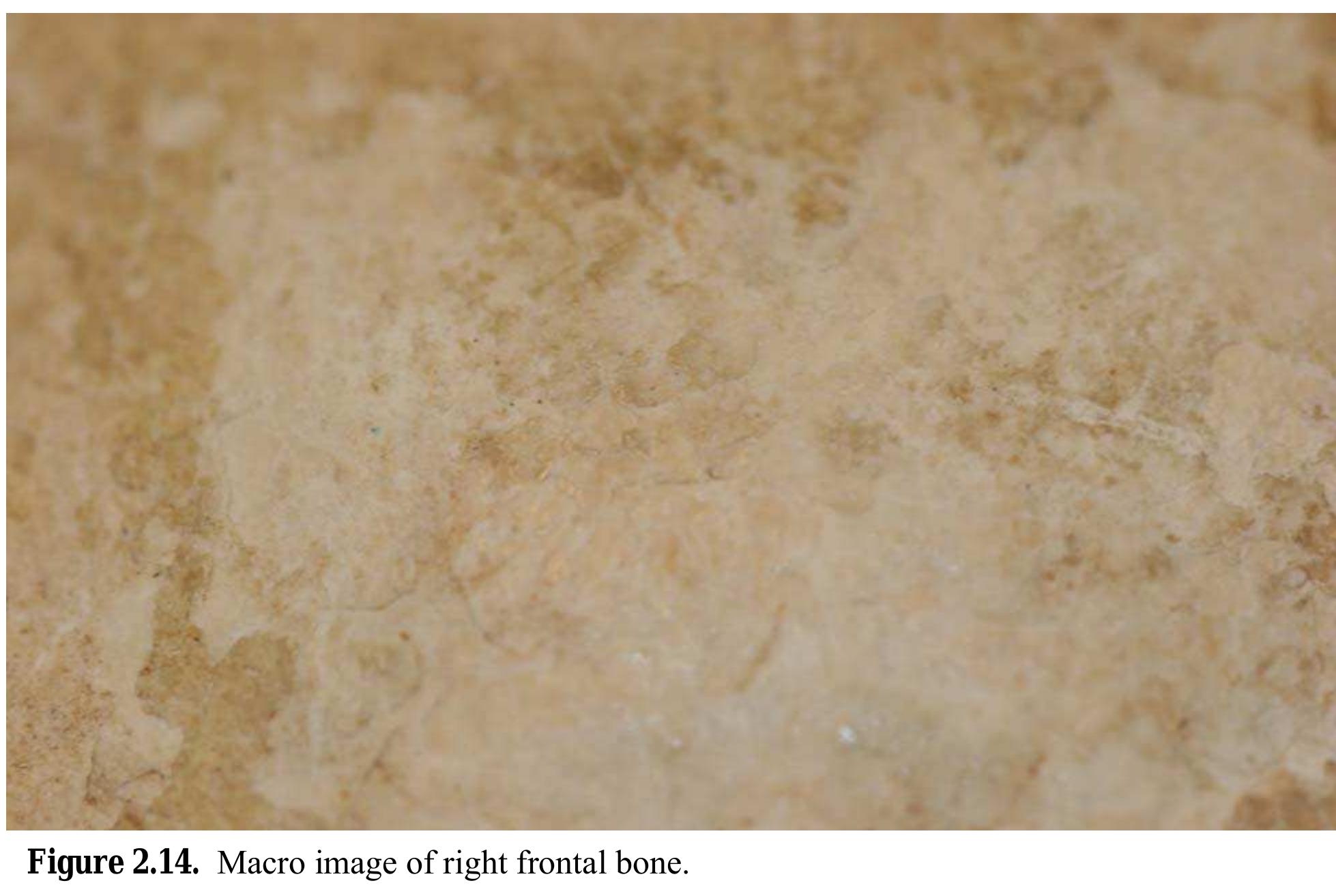























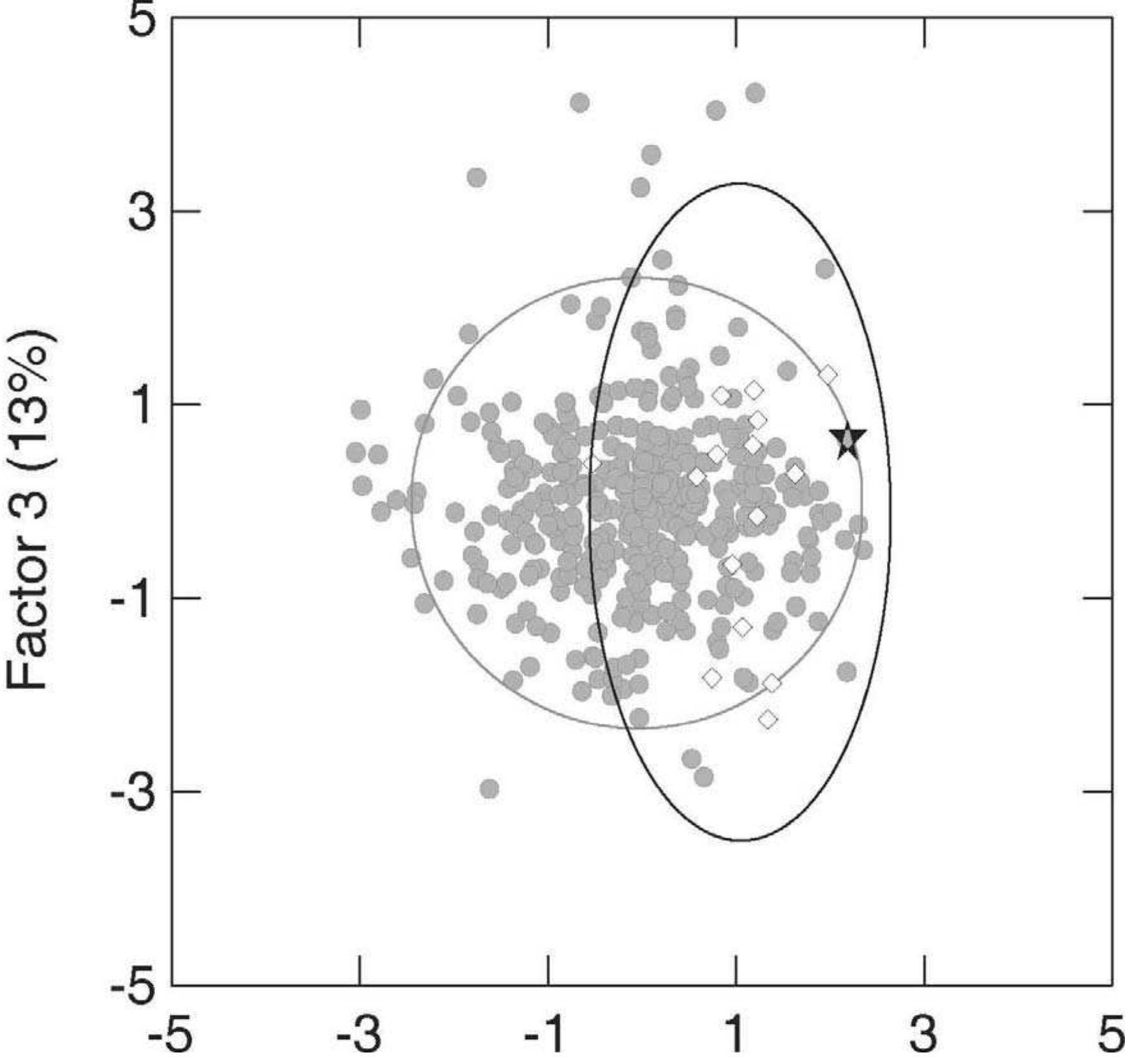






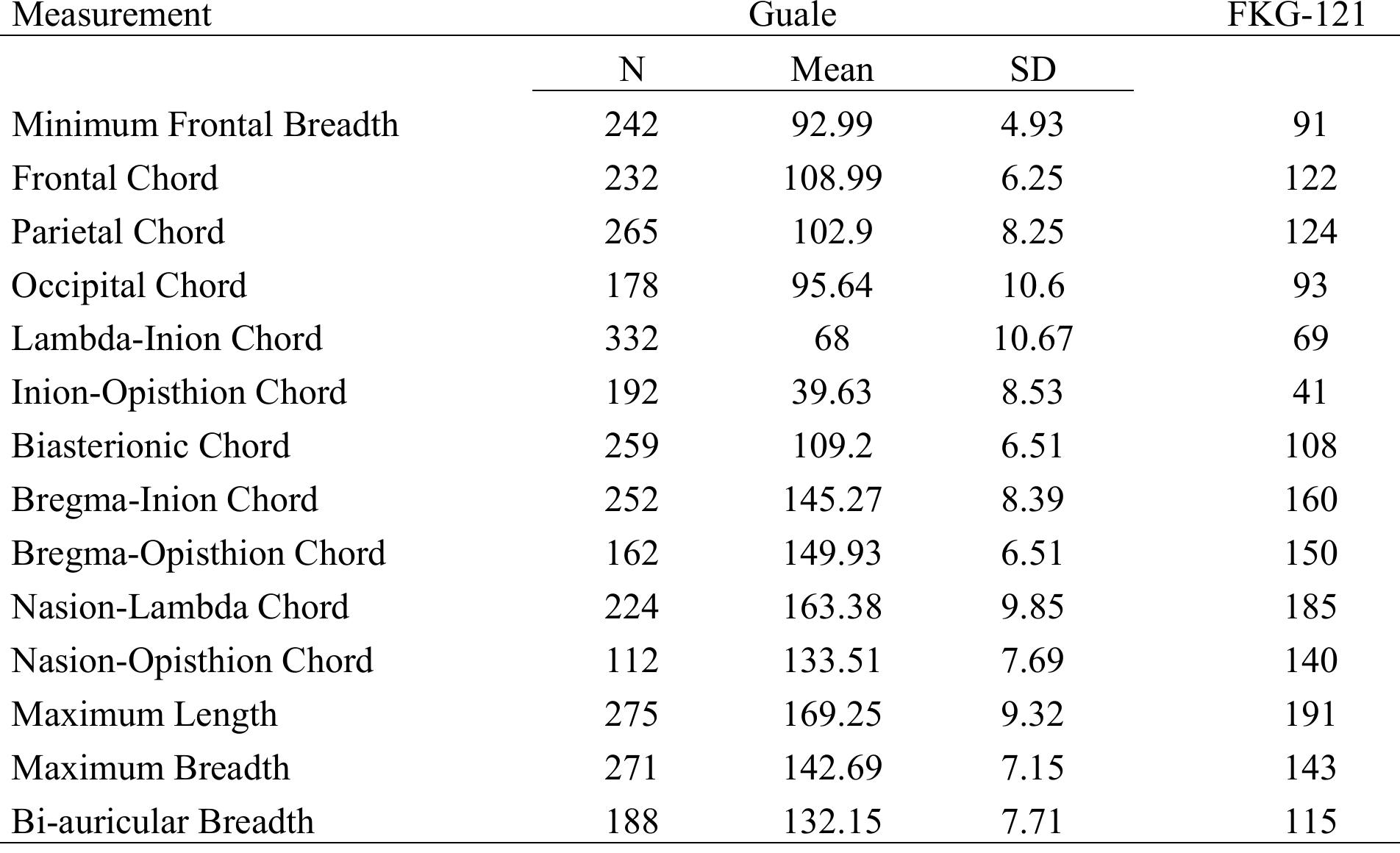












































![Fig. 2. This line graph illustrates the facial pattern profile graphed from Z-scores for midline and right lateral anthropometric facial measurements. The faces follow similar patterns while being small for many measurements when compared to a large reference population [27].](https://figures.academia-assets.com/11512/figure_003.jpg)
![Landmarks for facial reconstruction [7] Table 1](https://figures.academia-assets.com/11512/table_001.jpg)
![Anthropometric measurements and landmarks used in quantitative analysis [27] Table 2](https://figures.academia-assets.com/11512/table_002.jpg)

